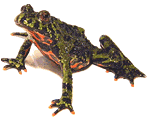Fire Bellied Toad
Care Sheet
| Size: | About 2 inches |
| Expected Life Span: | up to 15 years |
| Lifestyle: | Terrestrial (lives on the ground) |
| Level of Care: | Good for beginners |

General Appearance:
The Oriental Fire Bellied Toads (Bombina Orientalis) get their name from their bellies that have fluorescent orange spots. They have grass-green colored backs with black spots, large eyes and heart-shaped pupils. The males tend to have a rougher texture to their skin and have fat front legs compared to females.
*Always Wash Your Hands Both Before And After Handling Toads or their Habitat*
Know your Toad:
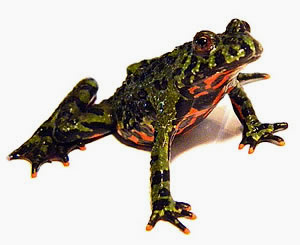
Knowing your toad and understanding how to cater to its unique needs is important when you get one as a pet. They are called a ‘pet’ but toads are not actually a pet you ‘play with.’ Rather, they are to be appreciated in the habitat similar to watching a fish tank.
Fire Bellied Toads need both land and water in their habitat. They are very active and hop around alot, making these little critters very interesting to watch. They are native to southern and southeastern Asia. In the wild they live together in groups so you can have several in your habitat and they will get along with each other. These toads like their privacy. They dislike being touched and disturbed so love to have a hiding spot in their habitat. If they can’t access the hiding spot they tend to get into the water and stay at the bottom when they are scared.
Make sure you don’t keep any other species of frogs or toads with your Fire Bellied Toads as they have toxins in their skin that can kill other frogs. There are cases when some frogs died just 5 minutes after they became the toad’s new neighbor.
These toxins are their defense mechanism. Make sure you wash your hands immediately afterwards if you pick them up for any reason, especially before touching your face or any sensitive area. The toxin seldom does any more harm than a mild rash or irritation to human skin. But also remember, your lotion or even the oils in your skin can do a lot of harm to the toad, so not touching them is also for their protection.
Feeding:
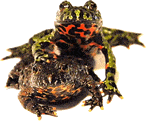
These toads need to eat 2 to 3 times a week. The Fire Bellied Toads are not particular on their food…if it moves and they can catch it, they will happily eat it. They do need movement to recognize food, so they will not eat dead food sources. Crickets, worms and other small creepy crawlies form the bulk of the toad’s diet. They have been known to eat small fish like guppies. They can recognize routine –if you feed them at the same time every day you’ll start to find them waiting for their lunch. Any uneaten prey should be removed from the enclosure the next day to prevent dead insects from polluting the toad’s environment. Every-other feeding we suggest you sprinkle a little calcium or multivitamin powder onto the bugs before you drop them into the habitat.
These toads don’t have extendible tongues like most frogs and toads- instead they grab their prey with their mouths. Then they use their front legs to push their victims into their mouths.
Caring for Fire Bellied Toads:
First and foremost, remember that your little toad is a big jumper…you want to make sure you keep the lid firmly on your toads habitat at all times.
Temperature: Toads are cold-blooded, meaning they can’t regulate their body temperature on their own. A heater is not usually necessary as these toads are comfortable in room temperature, but if your home is cold you should consider a small heat light for extra warmth.
Humidity: These toads like high humidity. You can help keep the humidity high by using a plant mister to spray the habitat with water once a day or more. Air conditioners lower the humidity of the room so if you have one on, you must give your toad’s habitat a few more sprays of water to make sure he doesn’t get dehydrated. Coconut Husk bedding is good to use because it helps to retain moisture in the habitat.
Cleaning: Make sure the habitat is always clean. If you move the toad into another container to clean his habitat, gently lift him with your fingers being careful not to poke, pinch or squeeze him. You must also be very careful when you clean your Fire Bellied Toad’s habitat. They are extremely sensitive to soaps and detergents. Using only hot water rinse the habitat and décor. Remove dirty substrate bits or replace the entire substrate. Always wash your hands after handling the habitat contents.
What if I can no longer care for my Toad?

These toads live a long time. If there’s ever a reason you can no longer take care of it, please do not release the toad outside. He can not survive outside temperatures and he may not have learned to hunt on his own. Some suggestions: find a friend or neighbor who would like a pet toad, or donate it to a school for a wildlife display, or give it to a local pet shop who can possibly find it a home.
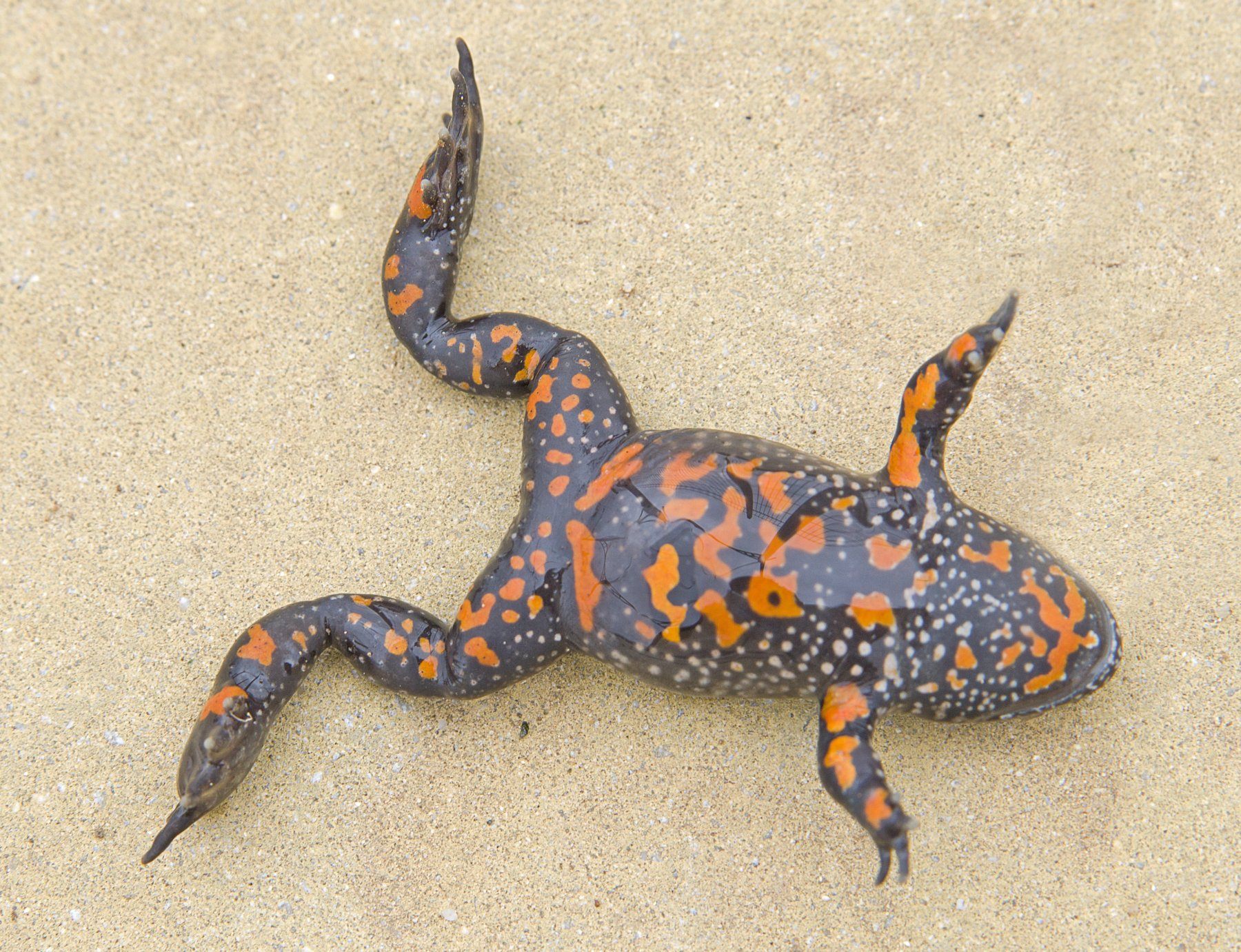




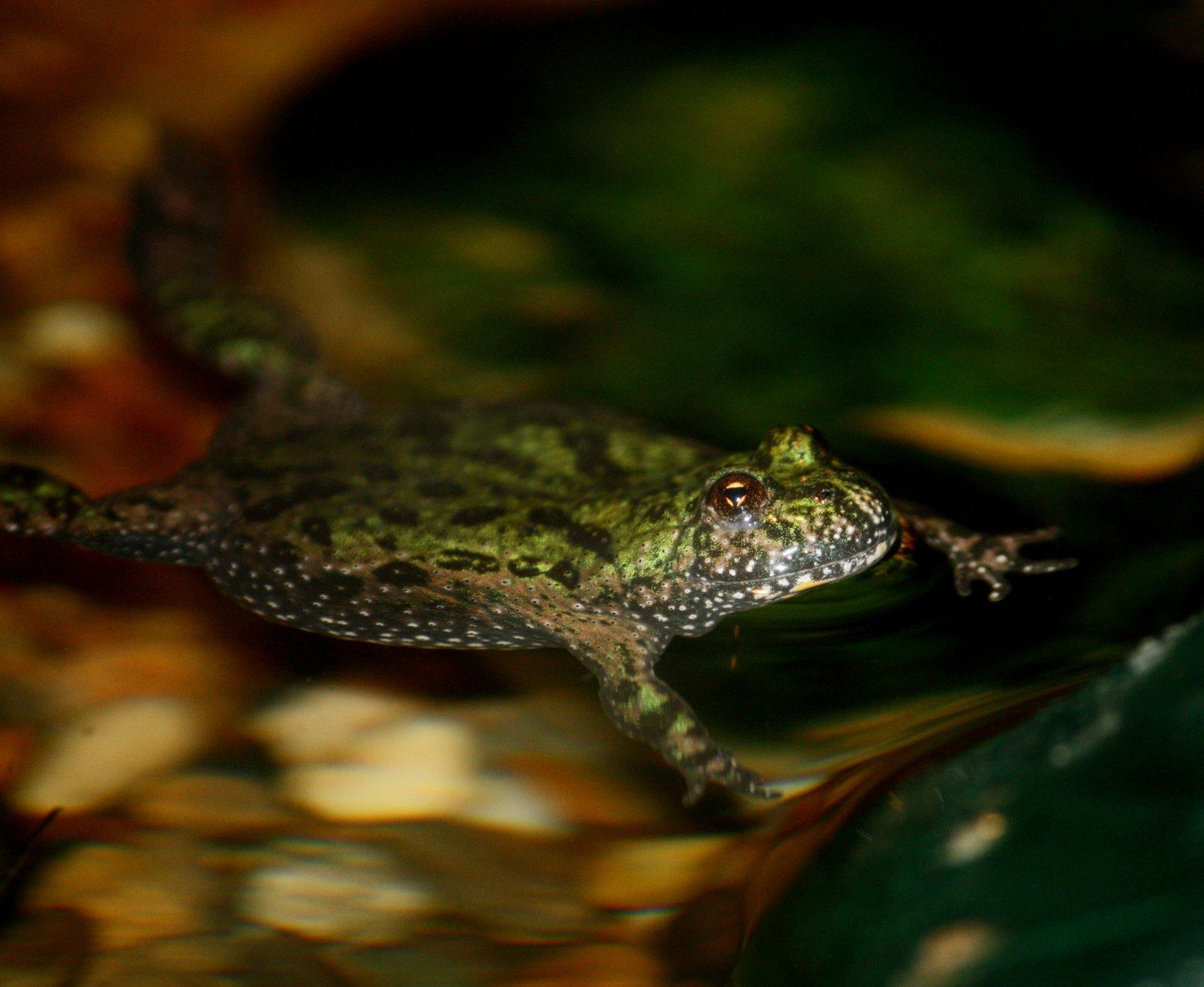

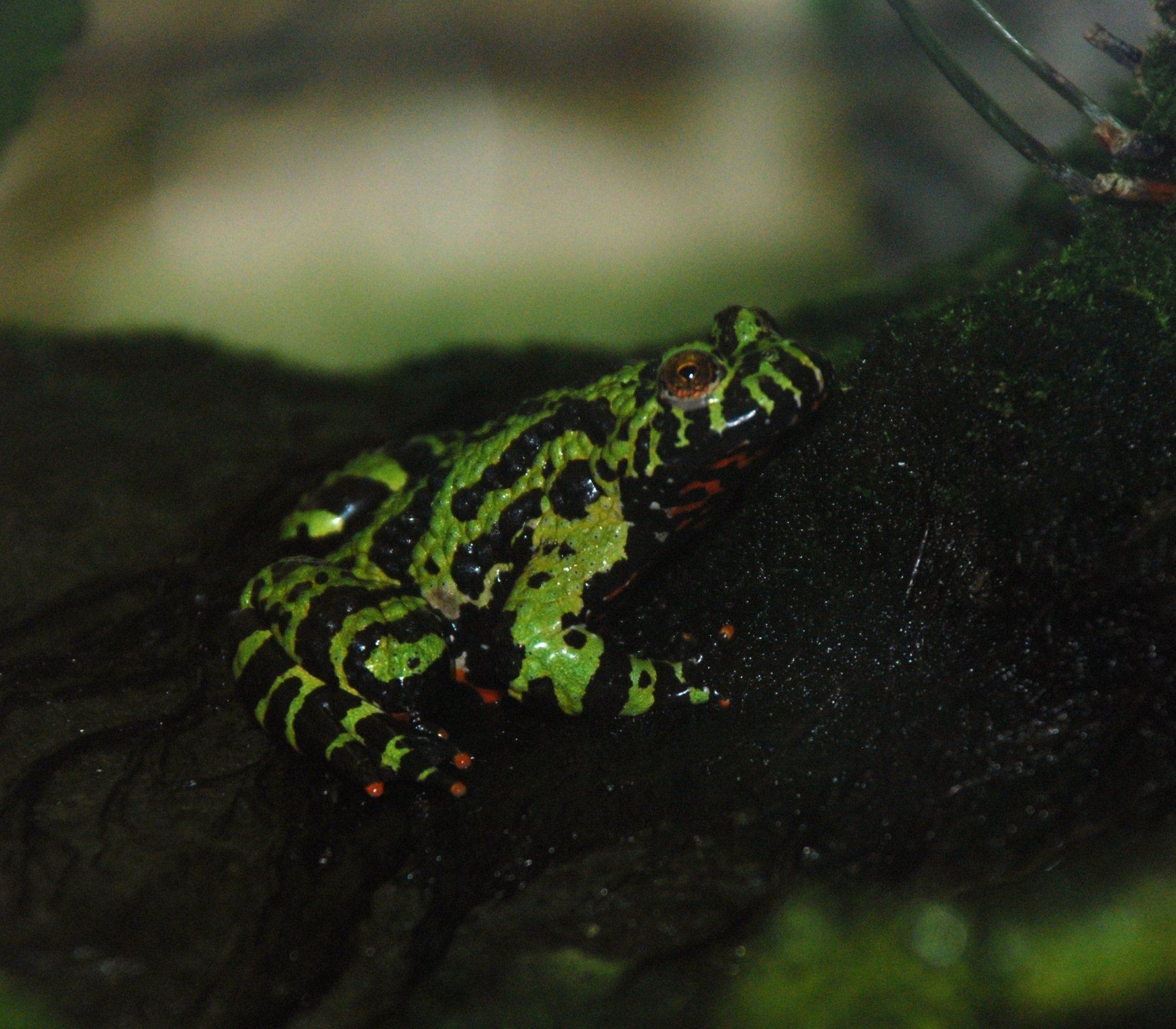

Having discovered a fondness for insects while pursuing her degree in Biology, Randi Jones was quite bugged to know that people usually dismissed these little creatures as “creepy-crawlies”.


